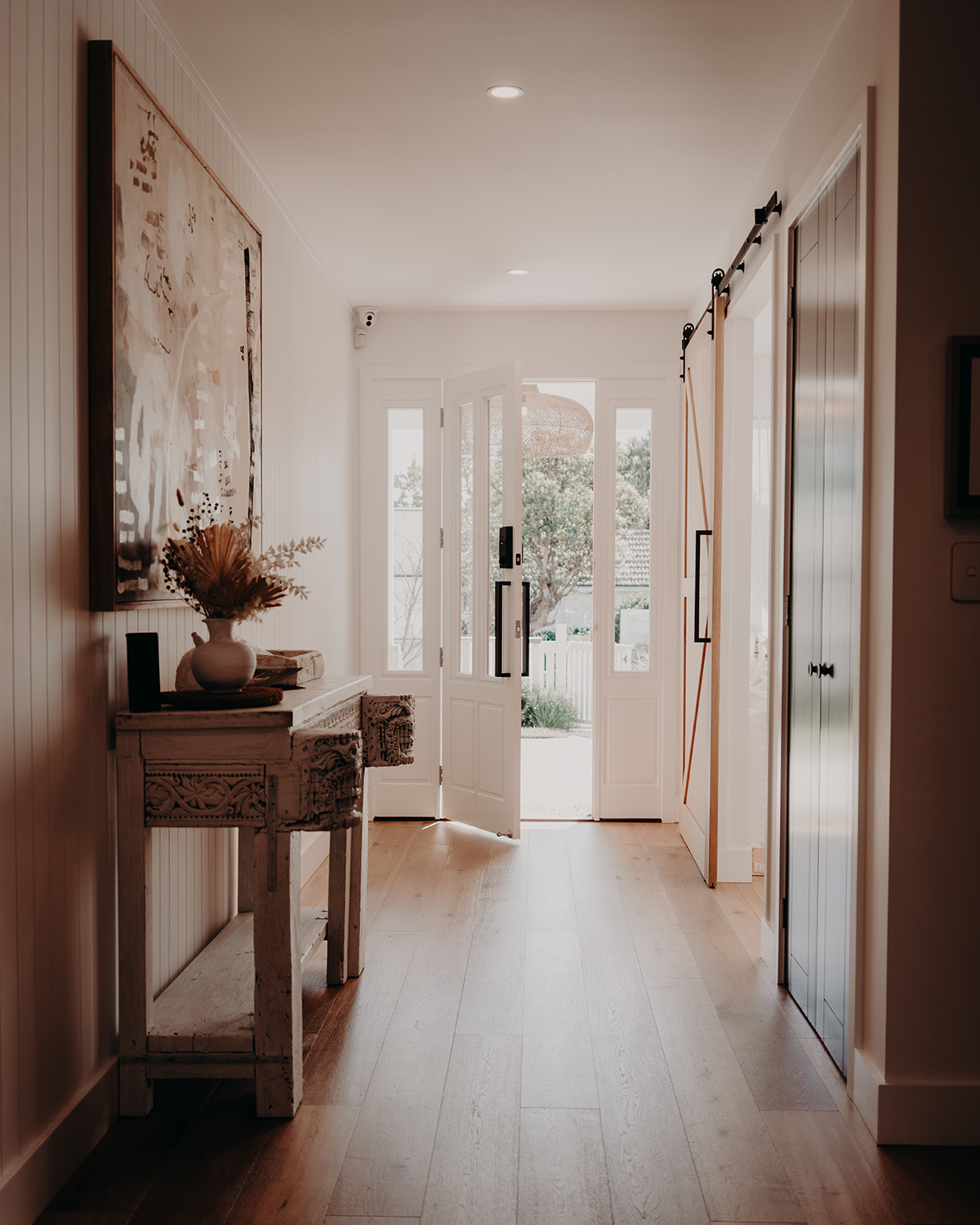Listings surge as buyers bide their time

New Zealand’s property market closed out November with a noticeable lift in seller activity, rising confidence across several regions, and largely steady values as many buyers continue to wait for clearer signals.
The latest data from realestate.co.nz shows 12,339 new listings came to market during November, up 10.9% year-on-year, giving buyers more choice heading into summer. Total stock rose 4.0% compared with the same month last year, reaching 35,345 listings nationwide.
At the same time, values were broadly flat. According to Cotality NZ’s Home Value Index (HVI), the national market was unchanged in November following a slight 0.1% rise in October. The national median value now sits at $806,551, still 17.4% below the 2022 peak, with only modest gains since mid-2023.
LJ Hooker Head of Research, Mathew Tiller, said the growing pool of listings is creating more favourable conditions for active buyers, even if many are still cautious.
“Buyer sentiment is improving, but the data shows people are still taking their time. More stock and steady prices mean conditions are more balanced than they were a year ago, yet many buyers are still waiting for the ‘perfect moment’ to transact,” Tiller said.
“For those in a strong position to purchase, the current window offers better choice and less competition in some pockets of the country than we’ve seen for some time.”
Listings rise across most regions
Sixteen of the country’s 19 regions recorded annual increases in new listings. Northland, Taranaki and Nelson & Bays were standouts, each jumping by more than 30% year-on-year. Taranaki recorded its highest-ever November result with a 33.1% increase.
Waikato and Bay of Plenty also returned to stronger listing numbers, surpassing 1,000 and 800 new listings respectively, thresholds neither region has reached since before 2019.
Despite the nationwide lift, a handful of areas saw declines. Central Otago/Lakes District, Southland, Wellington and Hawke’s Bay all recorded fewer new listings than in November last year.
Tiller said the renewed flow of listings points to a clear shift in vendor confidence.
“We’ve come through a period of price falls and then stabilisation, and with interest rates easing from their peaks, more homeowners feel the market has settled enough to make a move. That’s showing up in the listing numbers,” he said.
However, with buyer activity not yet matching the pace of new stock in some regions, listings are beginning to accumulate.
“In a number of markets the gap between new listings and sales has widened. If buyer demand doesn’t lift in early 2026, elevated stock levels are likely to persist into the first part of next year,” Tiller said.
Values flat, but early momentum in some markets
Cotality’s November data shows a mixed picture across the main centres:
- Auckland dipped -0.2%, extending an eight-month run of small monthly declines
- Wellington edged up 0.1%, with Wellington City rising for the second consecutive month
- Christchurch rose 0.3%
- Tauranga lifted 0.6%, while Hamilton posted a 0.7% increase
Provincial markets also varied. Whangārei (up 0.5%) and Invercargill (up 0.8%) stood out on the upside, while Napier, Hastings and Queenstown recorded slight monthly declines.
Despite the month-to-month fluctuations, Tiller said the broader trend is one of gradual repair rather than rapid growth.
“We’re still in a holding pattern at the national level, but the underlying drivers are shifting. Lower mortgage rates than a year ago, slightly easier borrowing conditions and early signs of economic improvement are helping a number of regions stabilise and edge higher,” he said.
“Auckland remains the main drag on the national figures, but several other centres have flattened out and some are now posting consistent modest increases.”
Asking prices hold steady as regional highs emerge
Realestate.co.nz data shows the national average asking price rose 2.2% year-on-year to $866,474, consistent with the relatively stable pricing seen over the past three years.
Five regions reached record November asking-price highs:
- Taranaki – $730,409
- West Coast – $512,546
- Canterbury – $721,713
- Southland – $559,269
- Central Otago/Lakes District – $1,546,260
Taranaki in particular stood out, posting the strongest annual growth at 11%.
At the other end of the spectrum, Wairarapa, Manawatū/Whanganui and Coromandel recorded modest annual declines in average asking prices.
“Only a small number of regions are seeing year-on-year asking price falls, and even those are relatively mild,” Tiller said.
“Most vendors are not under forced-selling pressure, and most buyers are not rushing. In many areas that adds up to a more measured, data-driven market than we’ve had for some time.”
Controlled growth expected in 2026
With mortgage rates gradually easing from their peaks and serviceability improving at the margin, momentum is expected to build heading into 2026. However, Tiller said the next stage of the cycle is likely to be moderate rather than dramatic.
“Interest rates have moved off their highs and we’re seeing more first-home buyers come back into the market. Investors are slowly re-engaging as well. But with stock levels elevated in some regions and debt-to-income restrictions now in place, any lift in prices next year is likely to be controlled,” he said.
Tiller expects a lift in turnover before a more sustained pick-up in values.
“We’re likely to see a gradual increase in sales volumes through early 2026, which will help absorb some of the current stock overhang. Once that gap between listings and sales narrows, value growth should become more consistent across the country,” he said.
For now, the market remains one of opportunity for well-prepared buyers.
“Conditions are more favourable for buyers than they were a year or two ago – there is more choice, and in some markets vendors are willing to negotiate,” Tiller said.
“Those who are financially ready and take a long-term view may find the current environment offers better buying than they will see once confidence and activity fully recover.”
Share



